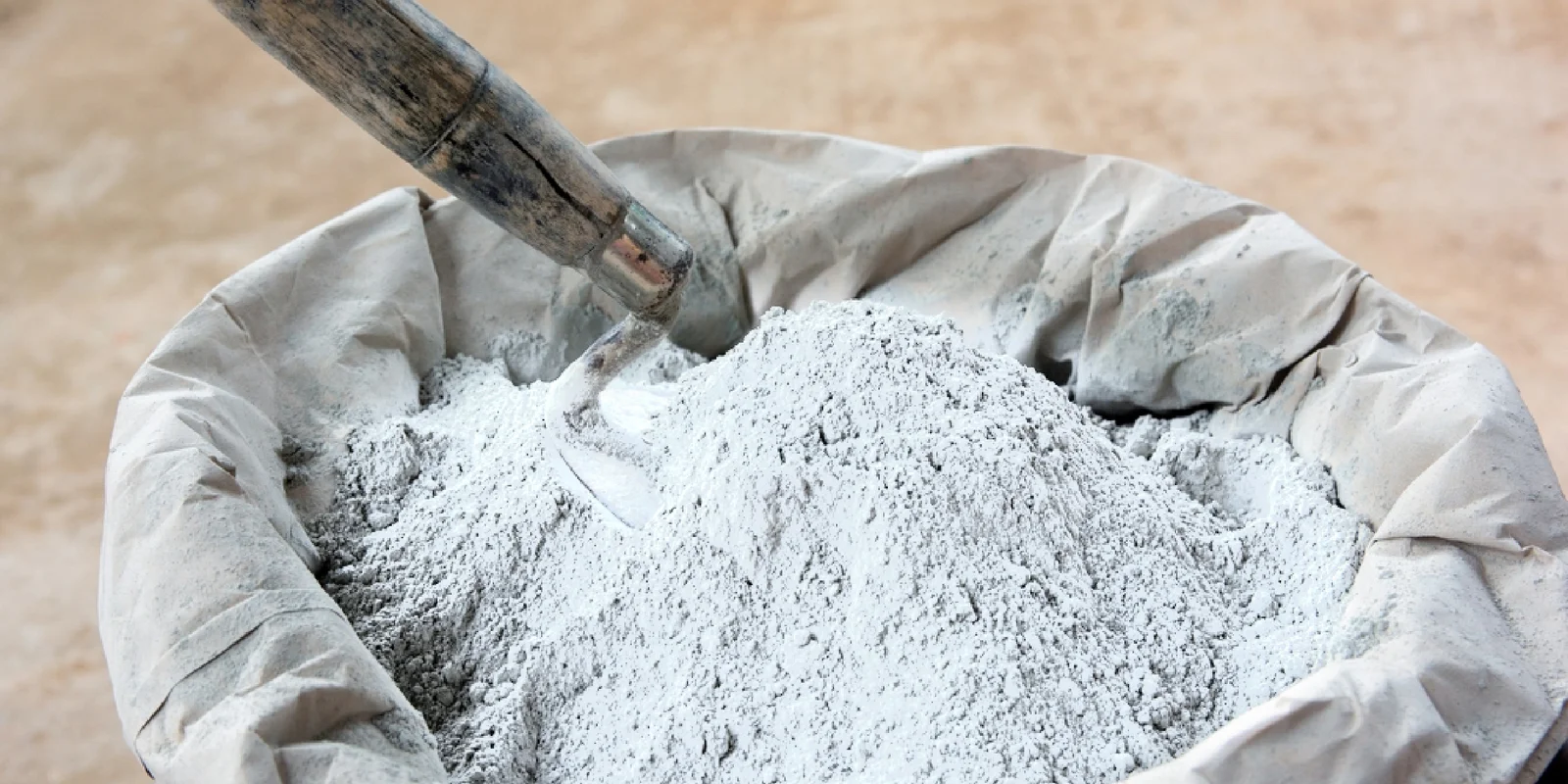Table of Content
- 1. Introduction to Breathing Walls
- 2. What Are Breathing Walls?
- 3. Benefits of Breathing Walls for Air Quality
- 4. The Science Behind Moss Walls and Air-Purifying Plants
- 5. Types of Plants Ideal for Breathing Walls
- 6. Step-by-Step Guide to Creating Your Own Breathing Wall
- 7. Designing and Maintaining a Moss Wall
- 8. Tips for Maximizing Air Quality Benefits with Indoor Plants
- 9. Cost Analysis and Practical Considerations
- Conclusion
1. Introduction to Breathing Walls
Indoor air quality is increasingly recognized as essential for good health, especially in urban environments where air pollution is a daily challenge. One way to improve indoor air quality while enhancing the aesthetic appeal of a home is through “breathing walls.” A breathing wall typically incorporates plants or moss into interior walls, using these natural elements to help filter and freshen indoor air. This article will guide you on creating breathing walls, including the best plant types, maintenance, benefits, and practical considerations.
2. What Are Breathing Walls?
Breathing walls are indoor installations featuring air-purifying plants or moss. These green walls actively improve air quality by filtering out pollutants and producing oxygen. Unlike standard walls, breathing walls contribute to the home’s ecosystem by providing natural filtration and introducing a sense of nature indoors.
3. Benefits of Breathing Walls for Air Quality
|
Benefits |
Description |
|
Air Purification |
Plants filter harmful toxins like formaldehyde, benzene, and carbon monoxide. |
|
Humidity Regulation |
Moss and plants release moisture, balancing indoor humidity levels. |
|
Aesthetic Appeal |
Adds a vibrant, natural look to interiors, creating a calm, serene atmosphere. |
|
Stress Reduction |
Greenery has been shown to reduce stress, enhancing mental well-being. |
|
Energy Savings |
Plant walls can slightly reduce indoor temperature by absorbing heat, helping reduce air conditioning costs. |
4. The Science Behind Moss Walls and Air-Purifying Plants
Breathing walls work through a combination of photosynthesis and plant-based filtration. During photosynthesis, plants absorb carbon dioxide and release oxygen. Additionally, many plants can remove common indoor pollutants from the air, such as VOCs (volatile organic compounds), which are emitted by paint, furniture, and cleaning products.
Moss Walls: Unlike most plants, moss walls require little to no soil, making them lightweight and easy to install indoors. Moss is a natural air purifier that absorbs moisture and can survive on minimal sunlight, making it a low-maintenance option.
Also Read: 15 Best Vastu Plants For Home Which Brings in Happiness & Wealth
5. Types of Plants Ideal for Breathing Walls
|
Plant Type |
Benefits |
Maintenance Level |
Ideal Locations |
|
Snake Plant |
Filters toxins like formaldehyde and benzene |
Low |
Bedrooms, living rooms |
|
Pothos |
Excellent air purifier |
Low |
Kitchens, bathrooms |
|
Spider Plant |
Removes CO2 and VOCs |
Low |
Offices, living rooms |
|
Peace Lily |
Absorbs VOCs, increases humidity |
Moderate |
Bedrooms, near windows |
|
English Ivy |
Reduces airborne fecal matter particles |
Low |
Bathrooms, laundry areas |
|
Boston Fern |
Highly effective for humidifying air |
Moderate |
Living rooms, bedrooms |
|
Moss |
Absorbs moisture, minimal sunlight required |
Low |
Shaded areas, artificial light environments |
6. Step-by-Step Guide to Creating Your Own Breathing Wall
Step 1: Plan Your Wall Location
Choose a wall that receives moderate to indirect sunlight. Avoid walls with direct sunlight, as this can harm certain indoor plants.
Step 2: Select the Frame and Structure
Opt for a modular panel or wooden frame to house your plants. You can find ready-made vertical planters online or at garden stores.
Step 3: Choose and Arrange Your Plants
Select a variety of air-purifying plants suited to your lighting and humidity levels. Arrange the plants in a visually appealing pattern, balancing color and texture.
Step 4: Install the Frame
Secure the frame to your wall using sturdy hooks or mounts, ensuring it can support the plants’ weight.
Step 5: Watering and Maintenance System
Set up a drip irrigation system or mist regularly to maintain hydration, especially if using moss or moisture-loving plants.
Step 6: Lighting
Use natural or artificial light that mimics daylight for optimal plant growth. LED grow lights are an efficient choice if natural light is scarce.
Also Read: 8 dangerous plants for your home
7. Designing and Maintaining a Moss Wall
Design Tips:
- Choose a mix of different moss types to create texture.
- Arrange moss in geometric or natural shapes for a unique design.
Maintenance:
- Mist the moss once or twice a week to keep it fresh.
- Keep it out of direct sunlight and avoid over-watering.
8. Tips for Maximizing Air Quality Benefits with Indoor Plants
- Opt for Large Leaf Plants: Larger leaves have more surface area for filtering air.
- Position Strategically: Place air-purifying plants in areas with poor ventilation.
- Regular Dusting: Dust plant leaves weekly to keep pores unclogged for maximum absorption.
- Rotate Plants Periodically: Rotating plants helps them receive balanced light and grow uniformly.
9. Cost Analysis and Practical Considerations
|
Expense Item |
Estimated Cost (INR) |
Details |
|
Modular Panel/Frame |
1,500 - 5,000 |
Cost varies by size and material. |
|
Air-Purifying Plants |
200 - 1,000 per plant |
Choose affordable, low-maintenance plants. |
|
Drip Irrigation |
1,000 - 3,000 |
Optional for watering convenience. |
|
LED Grow Lights |
2,000 - 5,000 |
Needed if natural light is insufficient. |
|
Maintenance Costs |
500 per month |
For fertilizers, misting, and regular care. |
Conclusion
Breathing walls are a refreshing and innovative approach to improving indoor air quality while adding a touch of nature to your home decor. By thoughtfully selecting plants and maintaining them, a breathing wall can transform the ambiance of your living space, making it healthier and more inviting. Whether you’re looking for an aesthetic upgrade or seeking cleaner indoor air, breathing walls offer a perfect blend of function and style.
Also Read: 8 Indoor Water Plants for Home











Ans 1. A breathing wall is an indoor vertical wall installation made with plants or moss to naturally improve air quality by filtering pollutants and adding oxygen to the environment.
Ans 2. Plants in breathing walls absorb harmful toxins, release oxygen, and balance indoor humidity, making the air cleaner and healthier.
Ans 3. Some ideal plants include snake plants, pothos, spider plants, and moss, as they are effective in purifying air and are low-maintenance.
Ans 4. No, breathing walls are relatively easy to maintain with proper misting and occasional watering. Moss walls are especially low-maintenance, as they require minimal sunlight and moisture.
Ans 5. While breathing walls can improve indoor air quality, they work best alongside traditional air purifiers rather than as a full replacement.